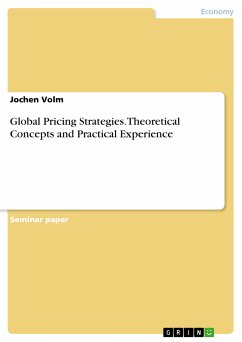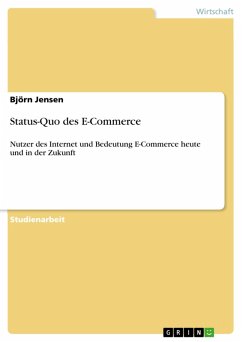Seminar paper from the year 2005 in the subject Business economics - Trade and Distribution, grade: 1,8, University of Hamburg (Anglistik und Amerikanistik), course: Business English No.5 "Consumer Behaviour", language: English, abstract: Electronic commerce (short: e-commerce) is becoming more and more important in our world. In the beginning, only start-up companies had established online business, but nowadays, even the old economy has realized that e-commerce can be profitable and can make a company operate more efficiently. However, the reasons for or against going into e-commerce should not be discussed in this paper. Many companies have started e-commerce and still today many others try to start online business successfully. As a result, e-commerce has quite a big impact on companies and their customers. This paper shall work out theoretical and practical insights into the behaviour of online consumers. Therefore, in chapter 2, definitions of e-commerce and consumers’ behaviour are presented and examined. After I have given some definitions to set the framework of this paper, I’d like to discuss the impact of typical internet characteristics on the behaviour of internet users. The focus of the practical approach (chapter 3) is directed at the present status quo of e-commerce in society. From consumers’ point of view advantages and disadvantages of e-commerce were analysed and the following questions were discussed: How many people buy online, who are these people and what are they buying most? Why do some segments not buy online? In order to answer these questions a brief look at several e-commerce studies is necessary. Chapter 4 repeats the main conclusions of this paper.








